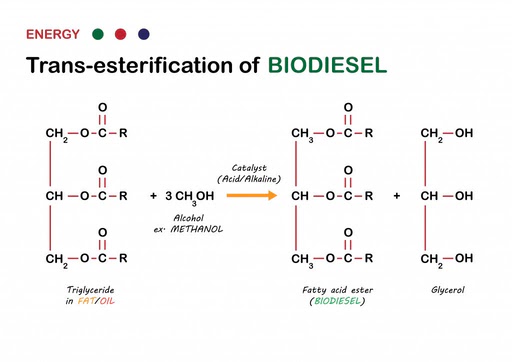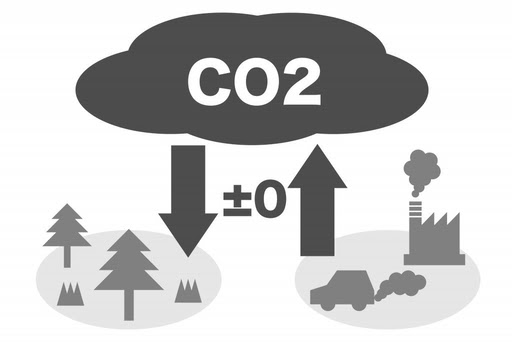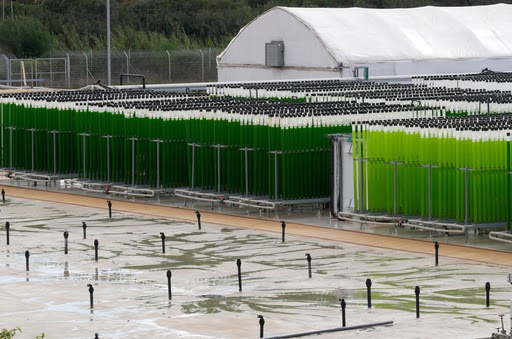Scientists are conducting experiments with algae as a sustainable source of fuel, such as biofuel, and exploring its potential in improving our medicinal practices.
Algae are one of the oldest organisms on Earth. Cyanobacteria, also known as blue-green algae, use sunlight to produce energy through photosynthesis. These ancient algae have the potential to assist us in various ways in the future. Algae have untapped possibilities that can help us generate energy, serve as medicine, and even provide nutrition. But before we delve into all of that, let’s take a closer look at algae themselves.
Understanding Algae
Algae refers to a diverse group of organisms that are genetically unrelated. They were the first organisms to undergo photosynthesis. Some algae resemble advanced plants, with leaf-like structures attached to stems. However, most algae are microscopic in size. It is these microalgae that hold great potential for the future. But first, let’s explore how algae are currently beneficial to us.
 Pink snow or watermelon snow is a phenomenon where algae grow in the snow, causing it to turn pink! (Photo Credit : Dene’ Miles/Shutterstock)
Pink snow or watermelon snow is a phenomenon where algae grow in the snow, causing it to turn pink! (Photo Credit : Dene’ Miles/Shutterstock)
The Current Applications of Algae
In addition to providing the majority of the world’s oxygen, algae have long been a valuable food source for humans. The food and beverage industry utilizes algae in various ways, ranging from simple dishes like sushi to the production of butter. Furthermore, ongoing research explores the use of algae in the pharmaceutical industry to create different bioactive compounds that can contribute to health and nutrition.
Today, we stand on the brink of significant innovation. Algae is no longer solely utilized as food; it is now recognized for its potential as a tool for creation!
Plants serve as the primary food source in any food chain, forming the foundation for the entire chain. This means that they provide the basic ingredients for everything above them. Importantly, they have the ability to produce these base ingredients (carbohydrates, vitamins, fats) from scratch. Scientists are attempting to harness this ability to create various materials for different purposes.
Algae as an Alternative Fuel
Fossil fuels are extracted from non-renewable sources, meaning that they will eventually be depleted on our planet. Additionally, fossil fuels emit alarmingly high levels of carbon dioxide into the atmosphere.
Biofuels, on the other hand, can be produced and are therefore renewable, ensuring that we are unlikely to face a shortage of biofuels. Moreover, these fuels do not release any additional CO2 into the atmosphere.
Traditionally, biodiesel has been derived from vegetable oils. However, recent research and development have made it possible to produce fuel from algae as well. When the oils (lipids) in algae undergo chemical reactions, they can be transformed into biodiesel.
 The conversion of fats/oils into biodiesel (Photo Credit: BigBearCamera/Shutterstock)
The conversion of fats/oils into biodiesel (Photo Credit: BigBearCamera/Shutterstock)
Biodiesel and biofuels can be used in regular engines with minor modifications, offering an alternative for energy production, which currently heavily relies on fossil fuels.
Since developed countries already have established energy production systems in place, this would prevent the need for starting from scratch. It would facilitate a more sustainable transition to other greener renewable energy sources such as solar, wind, water, and hydro power.
However, one may wonder how this can be considered sustainable if we are still burning diesel fuel?
The term “carbon neutral” is often used in the context of climate change. It refers to the balance between the amount of carbon dioxide released by the burning of fuels and the amount of carbon dioxide absorbed by “carbon sinks” (anything that absorbs CO2, like trees).
 A prime example of a carbon-neutral system. However, for this system to be viable, the amount of CO2 absorbed by trees must equal the amount released by the factory. (Photo Credit: umaruchan4678/Shutterstock)
A prime example of a carbon-neutral system. However, for this system to be viable, the amount of CO2 absorbed by trees must equal the amount released by the factory. (Photo Credit: umaruchan4678/Shutterstock)
Biodiesel synthesized from algae will absorb CO2 from the atmosphere during the cultivation of the algae. This ensures that the carbon dioxide used when burning the fuel is offset by the amount absorbed during its production.
Biodiesel is perhaps the area where algae will have the greatest impact in the future. However, this does not mean that the uses of algae are limited to biofuels.
Algae as a Food Source
Biofuels are just one of the many applications mentioned above. Macroalgae are already consumed worldwide. On the other hand, microalgae are beginning to be marketed globally as food supplements due to their high concentrations of lipids, proteins, and vitamins.
 There are different types of Algae that are consumed in various cultures (Photo Credit: PegasuStudio/Shutterstock). Microalgae can be modified during their cultivation to ensure that they contain higher quantities of essential or beneficial compounds. For example, if we want these algae to have more proteins, we can simply feed them more protein. This principle applies to various other compounds as well.
There are different types of Algae that are consumed in various cultures (Photo Credit: PegasuStudio/Shutterstock). Microalgae can be modified during their cultivation to ensure that they contain higher quantities of essential or beneficial compounds. For example, if we want these algae to have more proteins, we can simply feed them more protein. This principle applies to various other compounds as well.
Microalgae also have the ability to rapidly increase their biomass. This characteristic can contribute to the production of large quantities of food in a short period of time. All of these factors, and more, have the potential to make algae and algal supplements the food of the future.
Algae’s Potential in Medicine
Many species of algae have shown promise in the medical industry. As mentioned earlier, they contain bioactive compounds, and some species already have antiviral properties. Algae can also be manipulated to produce compounds that are useful for medical purposes, such as chemicals for vaccines, antibodies, and hormones. Certain algae nanoparticles may even have the potential to treat cancer!
Scaling up the production of these compounds could have a significant impact on the biomedical industry. Additionally, when production is increased, the cost of medicines could decrease, making healthcare more affordable.
Conclusion
While we have discussed the potential future uses of algae, there are still challenges to overcome. Currently, the cost of producing these products is high, and they cannot be produced in large enough quantities to have a significant impact on their respective markets.
 This algae farm may seem large, but it would require much more to meet the world’s demand (Photo Credit: Yosefer/Shutterstock). However, ongoing research and development are working towards solving these problems and leading us towards a brighter and more sustainable future, in which algae may play a significant role!
This algae farm may seem large, but it would require much more to meet the world’s demand (Photo Credit: Yosefer/Shutterstock). However, ongoing research and development are working towards solving these problems and leading us towards a brighter and more sustainable future, in which algae may play a significant role!
